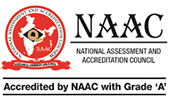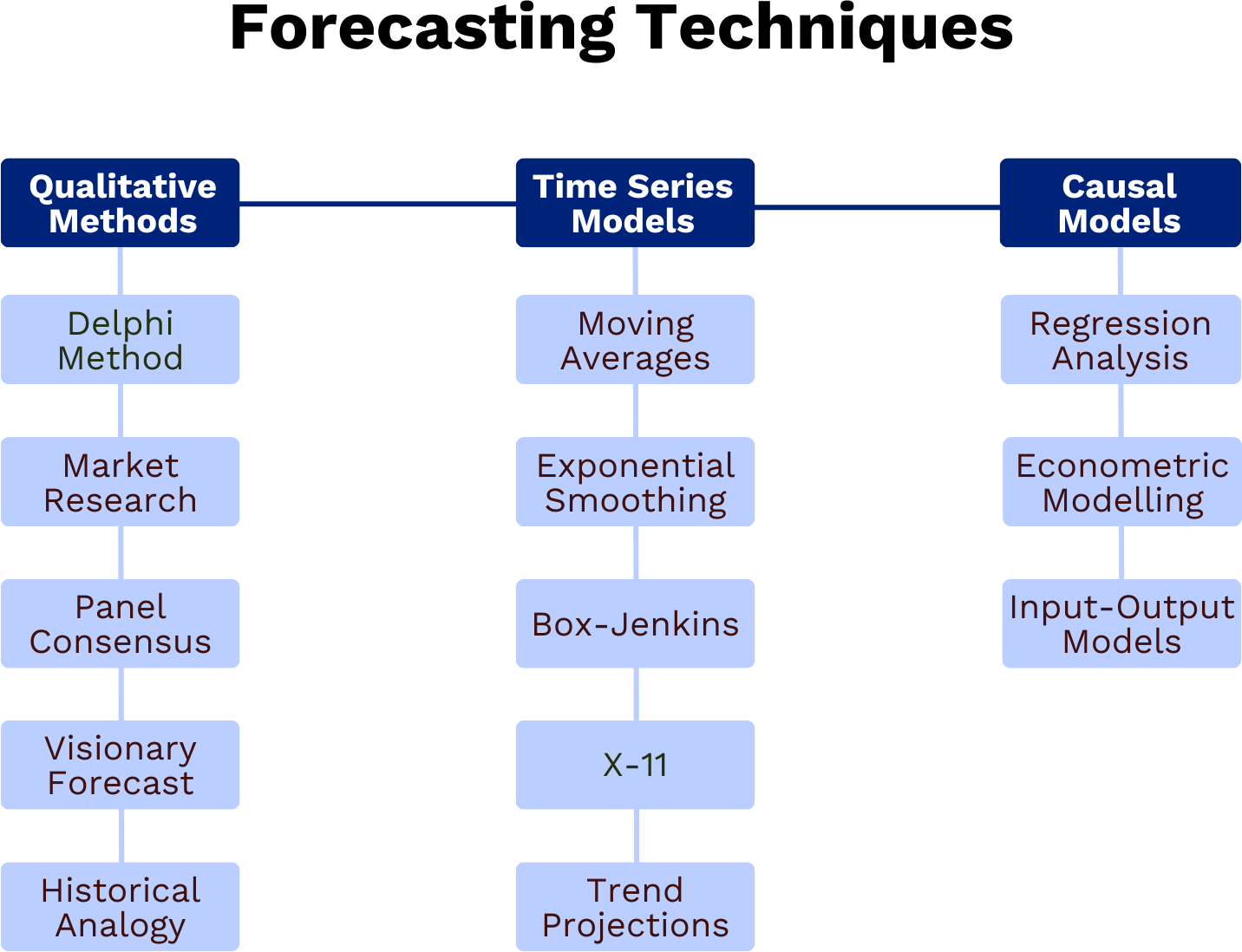A statistical forecast is the most fundamental component of any demand plan. Achieving demand-supply fit is critical for any firm because it improves inventory levels, lowers costs, and increases customer satisfaction. Proper alignment ensures that resources meet market demand efficiently, reducing waste, increasing profitability, and enabling a faster response to changing market needs.
The planning process is built around statistical models and the forecasts they produce. Although consensus and collaboration are essential components of a successful demand management program, statistical forecasting is the first step toward developing the starting point plan. In recent years, many forecasting techniques have been developed to address the growing variety and complexity of managerial forecasting problems. Each has a specific application, and it is critical to choose the appropriate technique for the job at hand. Both the manager and the forecaster play a role in technique selection; the better they understand the range of forecasting possibilities, the more likely it is that a company’s forecasting efforts will succeed.
Which Forecasting Technique to Implement?
Many factors influence method selection, including the context of the forecast, the relevance and availability of historical data, the desired level of accuracy, the period to be forecasted, the cost/benefit (or value) of the forecast to the company, and the amount of time available for analysis. These factors must be considered continuously and at multiple levels. In general, the forecaster should select a technique that maximizes the use of available data. If the forecaster can easily apply one technique with acceptable accuracy, he or she should not try to exaggerate the solution by using a more advanced technique that may offer greater accuracy but requires non-existent or costly information to obtain. However, before applying any forecasting technique like a black box, corporate managers should ponder the following:
- Define the forecast’s purpose and intended use: Determine the required accuracy and robustness of forecasting techniques based on the intended application. For example, entering a new market may only need a broad market estimate, while budgeting demands high precision, necessitating different forecasting methods.
- Understand the dynamics and components of the system to be forecasted: Clarify the relationships among interacting variables within the system. Managers and forecasters should review a flowchart of relevant elements, such as distribution, sales, or production, to understand their roles and connections.
- Evaluate the relevance of historical data for future predictions: Consider whether significant system changes—such as new products or competitive strategies—will affect historical data’s accuracy in predicting future trends. Short-term forecasts may rely on recent data, but long-term projections require more careful analysis of these changes.
Classification of Forecasting Techniques












